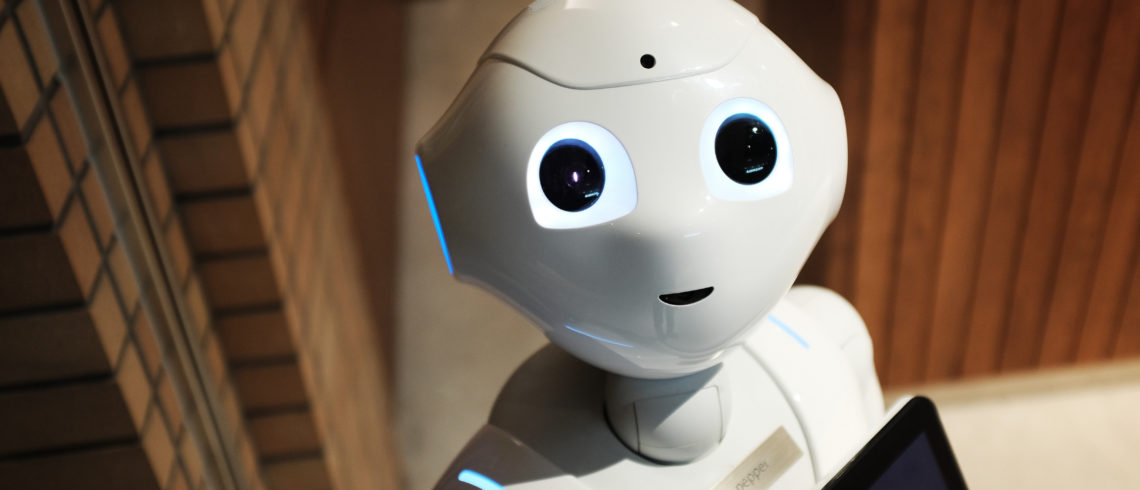Bots have known a boom last year, thanks to AI’s democratization. But, objectively, we can now affirm that this new technology hasn’t lived up the hype surrounding it.
Very mixed results
First of all, it is very important to establish a distinction between the different bots categories, as they don’t all have the same characteristics. We can thus list them as follows:
- bots who remember, which are able to recognize a user’s context, background and surrounding, and then pick datas accordingly. They are able to accomplish repetitive tasks. They aren’t intelligent enoguh to help you discover new things, but they are very efficient in helping you when you want to do something in the same context. Your usual Thursday night pizza order (pepperoni), or Nespresso caps, are easy to execute again for this type of bots.
- bots who learn, which do not only peek up information corresponding to a context, but also “think” according to datas they have, in order to find new solutions. Mondly’s bot goes into that category, as it helps users improving their linguistic knowledge by picking into huge specialized databases. Sensay isn’t a bot who knows things, but it knows people, and can connect you to them. Want to cook the perfect recipe? Sensay can put you in touch with professional chefs.
- Bots who are able to identify and call an expert in order to realize a specific task. You’re organizing a dinner with friends? Your virtual assistant/messaging app creates a Doodle in order to pick a date (actually, Doodle picks it for you). You have to tell your bank you’ve changed your phone number ? Your messaging app contacts your bank’s bot and informs it of the change.
Through this prism, the possibilities bots offer seem unlimited. This is why, as soon as April 2016, Facebook and numerous other actors of the same sector, have openly announced the death of mobile apps. Nonetheless, one year later, it has become quite obvious that things haven’t gone this way, as uses stay relatively low. Thus, Facebook have themselves said they had been too optimistic, while last March they deactivated the direct access to bots, on their Messenger app. In the meanwhile, other enterprises have slowly started to drift away from bots, like Everlane, an american e-commerce website, which has deleted their tracking service through bots.
This failure can be explained by two manners:
- There is a serious “discovery” problem. Actually, if you don’t have the exact name of the bot, it will be very hard to find exactly the one you’re looking for. In the case of Facebook Messenger, it is even hard to distinguish a human from a bot in the search engine.
Although, Facebook is conscious of the said problem, as the enterprise announced during their F8 conference, that they are launching a new « discovery tab » on Messenger. The users will be able to search for bots through categories, by tendency or by having the most popular bots listed.
- Numerous very enthusiastic announces had been made, which created many important expectations, on the users’ side, compared to the actual possibilities this new technology offers. It had been largely announced that it would be possible to communicate with a bot the same way you would do it with a lambda individual. Which is currently impossible to do. Bots are not advanced enough to understand a context and the integrity of an interaction one can have with another human. Which is why bots still haven’t reached the expected success.
A real failure or a simple overrating?
Once bots’ abilities have been evaluated and reconsidered, we can however affirm that they can be greatly useful in some clearly established functions. Precisely when we are in a repetition logic, where human interaction remains weak, bots are perfectly able to assist humans.
Bots can have a function of sorting in call-centers, as they can answer to repetitives questions, which do not need human intervention. But, for more complex questions, bots are able to recognize their inability to respond, and thus transfer the calls to someone in charge.This solution allows working persons to focus only on tasks where human interaction is absolutely crucial, and thus gaining time.
Bots can also be very useful for notifications, notably on Messenger. KLM has recently used this solution in order to send plane tickets to their customers. Favoring Messenger in comparison to text messages allows clients to have a richer content, and to establish a real interaction with the enterprise. The users are able to ask completementary questions to the bot. In KLM’s case, primary interaction happens on the website while the reservation is taking place, while the bot is only used for a secondary interaction, on the “long run”, with notifications.
Personal assistants: bots born again
New uses have emerged. But personal assistants remain the main revolution of last year. Whether it be Google Home or Amazon Echo, both devices have been widely successful. Amazon Echo was so popular, it was out of stock a few days before Christmas.
This success of these vocal interfaces can be explained by their integration of uses where they were very little exploited. Numerous situations have been completely changed by the possibility not to use gestures: having a recipe read to you, read and answer to text messages while driving, turn the lights off, play the music in your flat, etc…
Vocal assistants open a new door for possibilities and are completely in line with the users’ new expectation, in the way that, as opposed to bots, this kind of interaction didn’t exist before.


